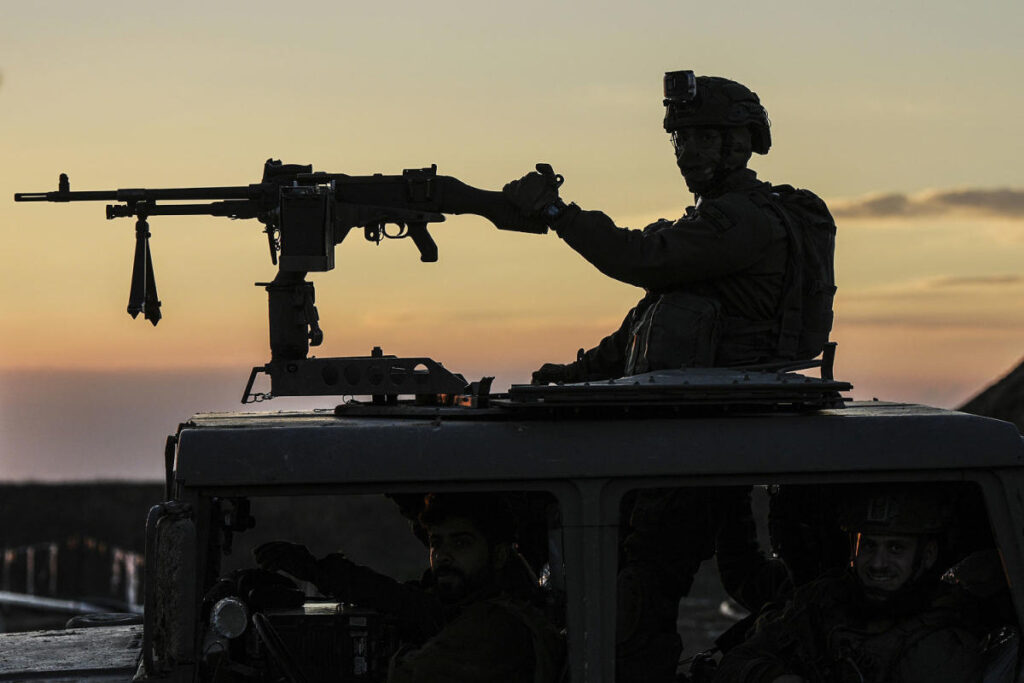On a recent Sunday, Israel’s Defense Forces (IDF) issued a statement confirming that they had conducted a special ground operation in Syria in the preceding months. This operation culminated in the detention of an individual identified as Ali Soleiman al-Assi, whom the IDF alleges is an operative for an Iranian terror network. According to the charges, al-Assi was reportedly gathering intelligence on Israeli military activities along the border, signaling a potential threat to Israeli national security. The IDF conveyed that his arrest not only thwarted a future attack but also provided critical insights into the operational strategies of Iranian terror networks situated near the Golan Heights, underscoring Israel’s commitment to protecting its sovereignty against Iranian influence in the region.
The operational activities in Syria, specifically targeting Iranian proxies, are part of a broader strategy employed by Israel over recent years. The Israeli military has been engaged in numerous strikes aimed at various targets in Syria, particularly against Syrian government forces and allied Iranian-backed militias. While Israel typically opts for discretion in disclosing details of these military actions, the frequency of such operations has increased as tensions rise amid a protracted civil conflict in Syria. The backdrop for these military actions is the ongoing war in Gaza, where Israel has been engaged in intensive conflict with Hamas, a militant group closely allied with Hezbollah, a significant Iranian proxy in the region.
Just last month, the IDF executed aerial bombardments in western Syria, targeting strategic military sites, as reported by the Syrian defense ministry. These strikes included hits on a military installation in Hama and an industrial facility in Hassia. Reports from Syrian state television indicated that the attacks were not only on military targets but also on vehicles carrying humanitarian supplies, resulting in widespread fires in the affected areas. Such multi-target operations reflect Israel’s tactical approach to undermine Iranian capabilities and disrupt logistics supporting Hezbollah while also complicating Syrian military responses.
The pattern of Israeli strikes has been characterized by a strategic focus on thwarting Iranian entrenchment in Syria, which poses a dual threat of bolstering Hezbollah’s military capacity and facilitating arms transfers to the group. The IDF’s operations are designed to dismantle these networks while simultaneously preserving the security of Israeli civilians living in proximity to these threats. The situation is compounded by ongoing hostilities with Hezbollah, which have engaged Israeli forces consistently over the past year, further illustrating the fragile security landscape in the region.
In September, another series of Israeli airstrikes affected central Syria, causing significant damage to infrastructure, including roads. The strikes resulted in casualties, with reports indicating fourteen fatalities and over forty individuals injured. This spate of violence serves as a reminder of the enduring risks faced by both military personnel and civilians amid the heightened conflict. As Israel continues to engage with various militant groups as well as the Syrian regime, the ramifications of such strikes further complicate the dynamics on the ground and signal the sustained volatility in the region.
The IDF’s assertion that they will persist in these operational endeavors highlights the ongoing tensions with Iranian forces. Israel’s commitment to countering Iranian influences is set against the backdrop of a complex geopolitical landscape, wherein the interplay of regional powers influences the trajectory of conflict and stability. Ultimately, Israel’s operations in Syria illustrate a broader strategic outlook aimed at mitigating perceived threats from Iranian proxies while navigating the intricate realities of the ongoing Syrian civil war and its far-reaching geopolitical consequences.

